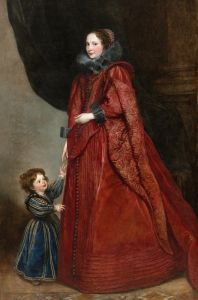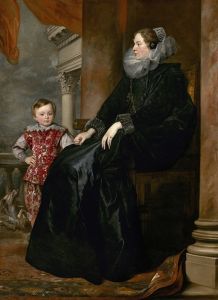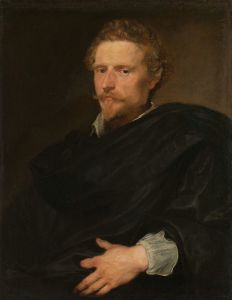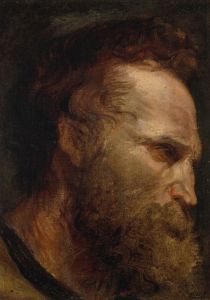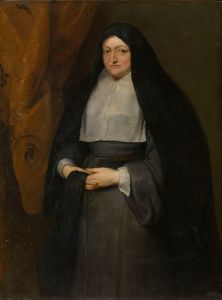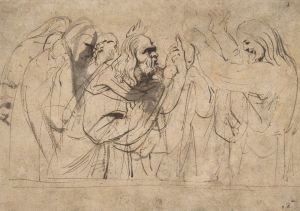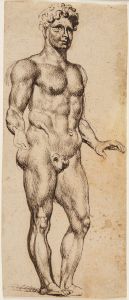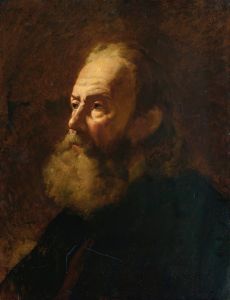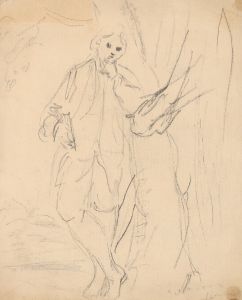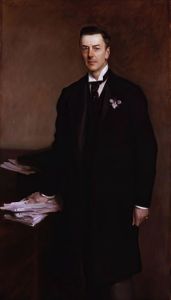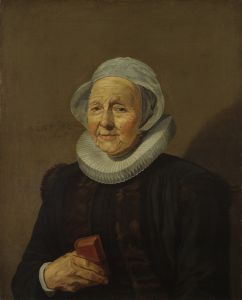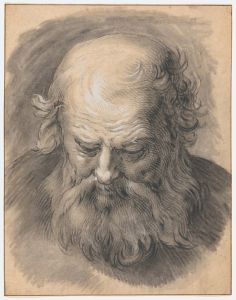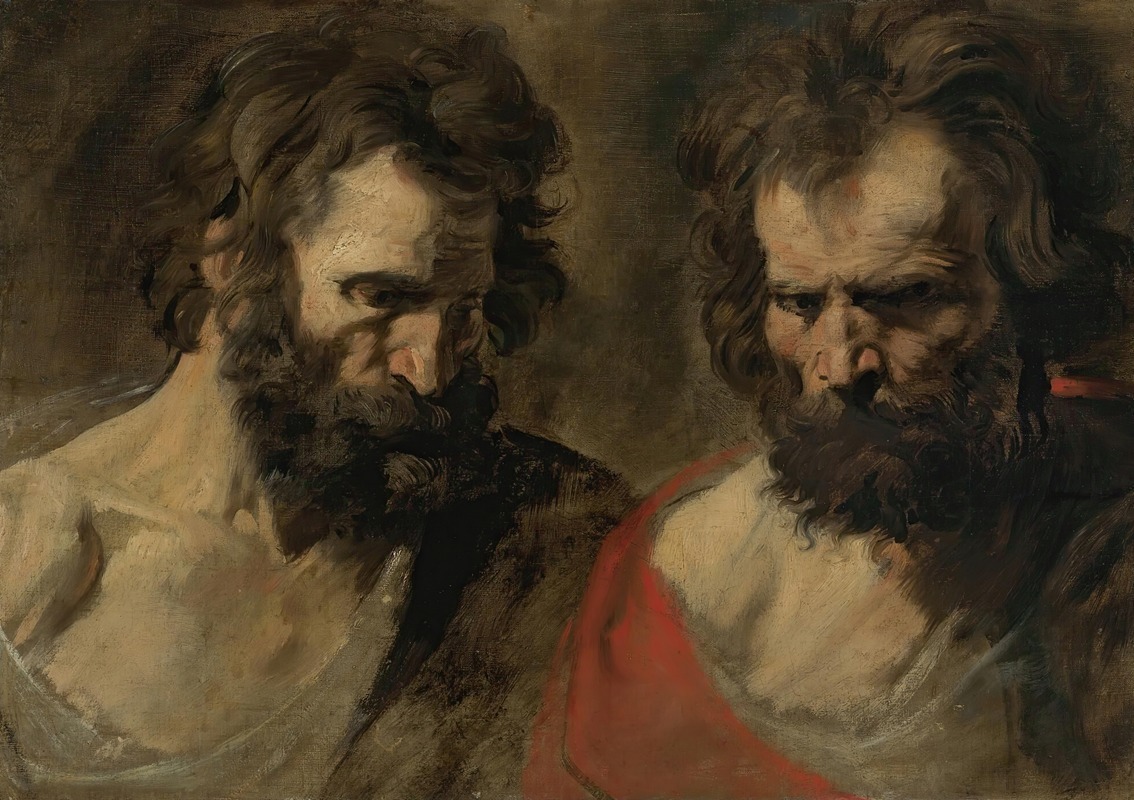
Two Studies Of A Bearded Man
A hand-painted replica of Anthony van Dyck’s masterpiece Two Studies Of A Bearded Man, meticulously crafted by professional artists to capture the true essence of the original. Each piece is created with museum-quality canvas and rare mineral pigments, carefully painted by experienced artists with delicate brushstrokes and rich, layered colors to perfectly recreate the texture of the original artwork. Unlike machine-printed reproductions, this hand-painted version brings the painting to life, infused with the artist’s emotions and skill in every stroke. Whether for personal collection or home decoration, it instantly elevates the artistic atmosphere of any space.
Anthony van Dyck, a prominent Flemish Baroque artist, is renowned for his portraits and religious works. One of his lesser-known works is "Two Studies of a Bearded Man." This piece exemplifies van Dyck's skill in capturing human expression and form, although detailed information about the painting is limited.
Anthony van Dyck was born in Antwerp in 1599 and became a leading artist of the 17th century. He was a student of Peter Paul Rubens, another master of the Baroque period, and his influence is evident in van Dyck's work. Van Dyck's career took him across Europe, where he worked in Italy, the Netherlands, and England, serving as the court painter to King Charles I.
"Two Studies of a Bearded Man" is a drawing that showcases van Dyck's ability to render the human face with remarkable detail and emotion. The artwork features two separate studies of a man's head, both focusing on the same bearded subject. The studies are likely preparatory sketches, a common practice for van Dyck, who often created detailed drawings before executing his final paintings. These studies allowed him to explore different angles, expressions, and lighting, contributing to the lifelike quality of his portraits.
The drawing is executed with precision, highlighting van Dyck's mastery of line and shading. The bearded man's features are carefully delineated, with attention to the texture of the hair and the play of light across his face. This attention to detail is characteristic of van Dyck's work, reflecting his deep understanding of human anatomy and his ability to convey personality and mood through portraiture.
While specific details about the subject of "Two Studies of a Bearded Man" are not documented, it is not uncommon for artists of van Dyck's time to use models or acquaintances for their studies. The anonymity of the subject does not detract from the drawing's artistic value; rather, it emphasizes van Dyck's focus on technique and expression.
Van Dyck's drawings, including "Two Studies of a Bearded Man," are significant for their contribution to the study of Baroque art. They provide insight into the artist's process and his approach to capturing the human form. These works are often studied for their technical excellence and their role in the development of van Dyck's style.
Today, Anthony van Dyck is celebrated as one of the most important portraitists of the Baroque era. His influence extended beyond his lifetime, impacting artists in subsequent generations. "Two Studies of a Bearded Man" remains a testament to his skill and his enduring legacy in the world of art.
In summary, while "Two Studies of a Bearded Man" may not be as widely recognized as some of van Dyck's other works, it is an important piece that highlights his expertise in drawing and his ability to capture the essence of his subjects. The drawing continues to be appreciated for its artistic merit and its contribution to the understanding of van Dyck's oeuvre.





